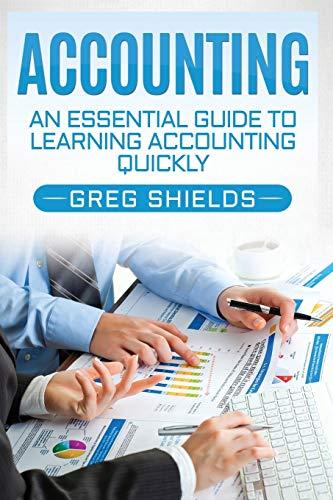Question
Take a portion of an insurance policy, tax return, corporate code of conduct (any ethical or human resources policy, really), user agreement or some other
Take a portion of an insurance policy, tax return, corporate code of conduct (any ethical or human resources policy, really), user agreement or some other piece of contractual writing and determine the Gunning fog index. How effective would this writing be for the average person? How effective is it for its target audience? Your job is to analyze that piece of writing based on the Gunning-Fogg index and provide an overview of your findings and observations. Create a document that, in two or three paragraphs, 1) assesses your findings (GF Index number and what that means about the level to which it is written), 2) what you think this may suggest about this kind of writing, and 3) whether you think the writing fulfills the purpose for which it has been written. Here's some information to help you with determining the Gunning fog index. However, there are online resources that can do this for you that I encourage you to use to generate the GF number -- all they require is the ability to upload or cut and paste the writing sample you intend to use. If you would like to calculate it yourself, instructions are below: Robert Gunning developed a way to measure how hard something is to read. His Fog Index in The Technique of Clear Writing (McGraw-Hill) is considered the most reliable formula for testing your writing. It is not an index of how good your writing is but of how easy it is to understand. Good writing is another subject, but all writing must be clear before it can be good. With no further ado, here is the Fog Index formula: 1. Take a sample of writing. Count the words in several complete sentences until you have about 100 words. Divide the number of words by the number of sentences to get the average sentence length. 2. Count the words with three or more syllables. Don't count those that are capitalized or combinations of short, easy words (like bookkeeper or garbageman) or that are made three syllables by adding ed or es (like expanded or confesses). This gives you the percentage of "hard" words if your sample is about 100 words. 3. Add the average sentence length and the percentage of hard words (like 15.25 percent, not .1525). Multiply by .4. Example: Apply the Fog Index to the three numbered paragraphs above, without the samples in parentheses. Figures like 100 count as we read them "one hundred" (two words). Likewise, we read ".4" as point four or four tenths (two words either way). The three paragraphs above have 98 words and eight sentences--an average of 12.25 words per sentence. The "hard" words total 10--slightly more than 10 percent. Adding average sentence length (12.25) and percentage of hard words (10.20) gives you 22.45. Multiply that by .4 and you have 8.98. See what this means below. Fog Index Reading level by grade and the typical magazines at this level 17 College graduate No popular magazines at these levels 16 College senior 15 College junior 14 College sophomore 13 College freshman 12 High school senior Atlantic Monthly 11 High school junior Time, Harper's 10 High school sophomore Newsweek 9 High school freshman Reader's Digest 8 Eighth grade Ladies' Home Journal 7 Seventh grade True Confessions 6 Sixth grade Comic books
Step by Step Solution
There are 3 Steps involved in it
Step: 1

Get Instant Access to Expert-Tailored Solutions
See step-by-step solutions with expert insights and AI powered tools for academic success
Step: 2

Step: 3

Ace Your Homework with AI
Get the answers you need in no time with our AI-driven, step-by-step assistance
Get Started


